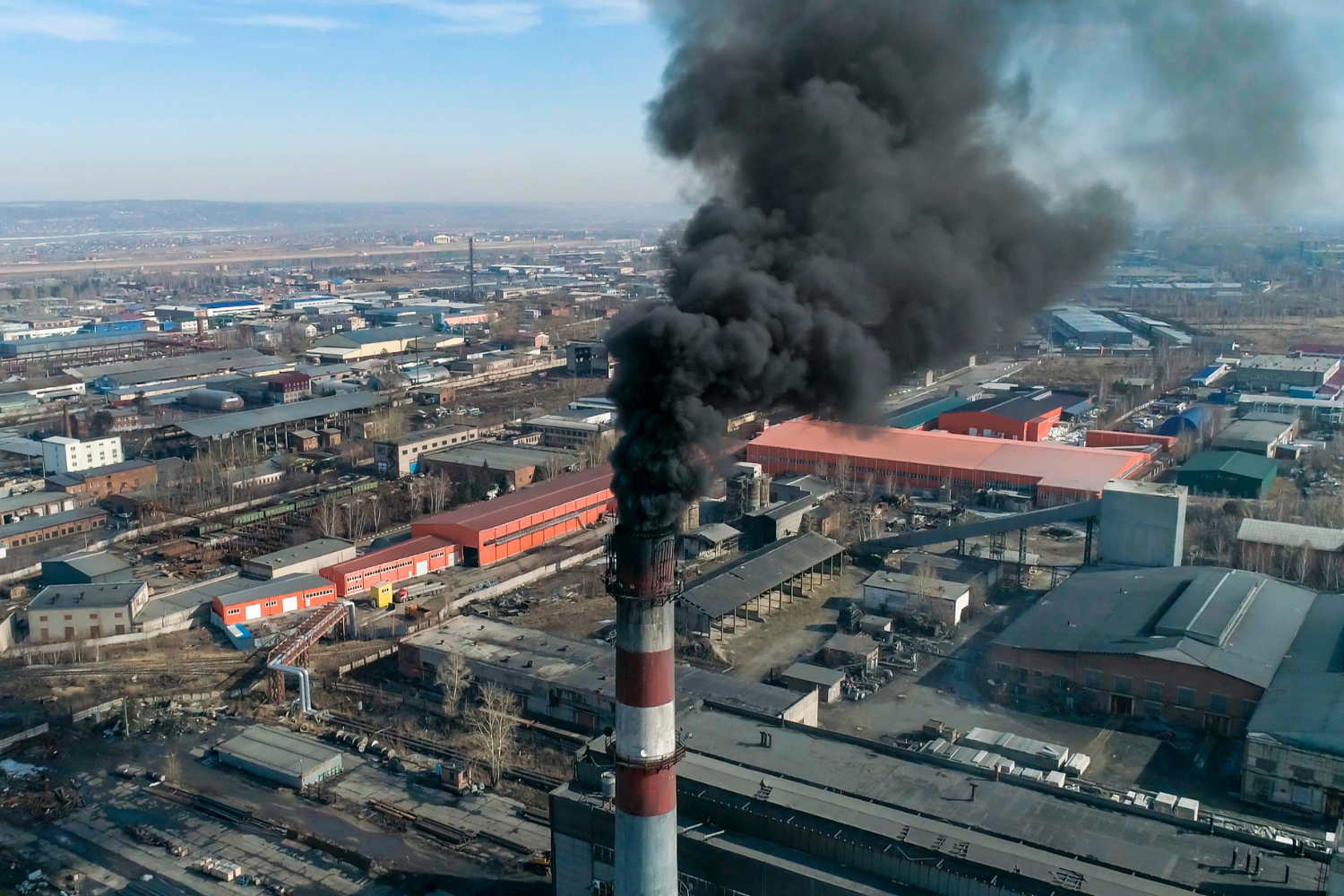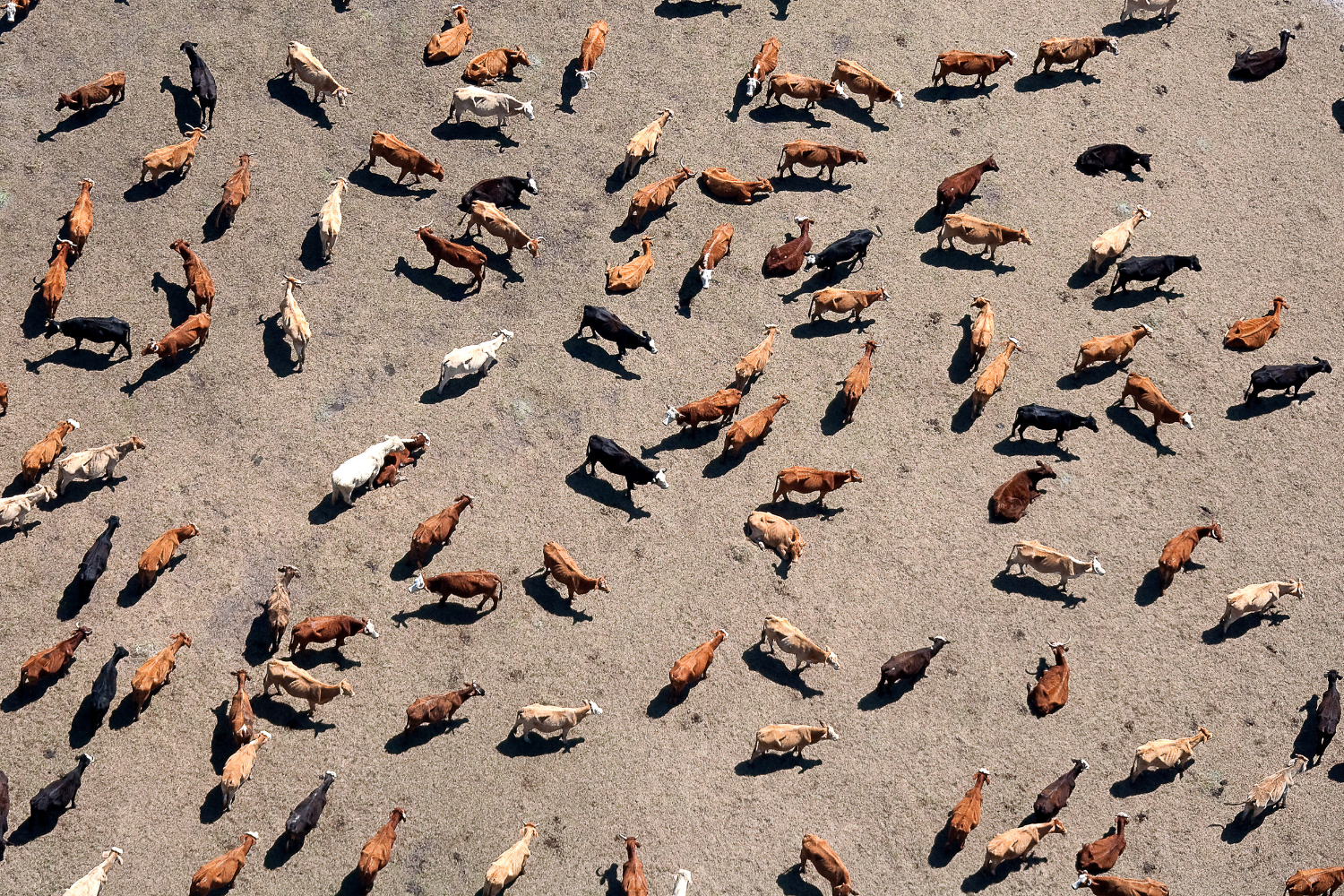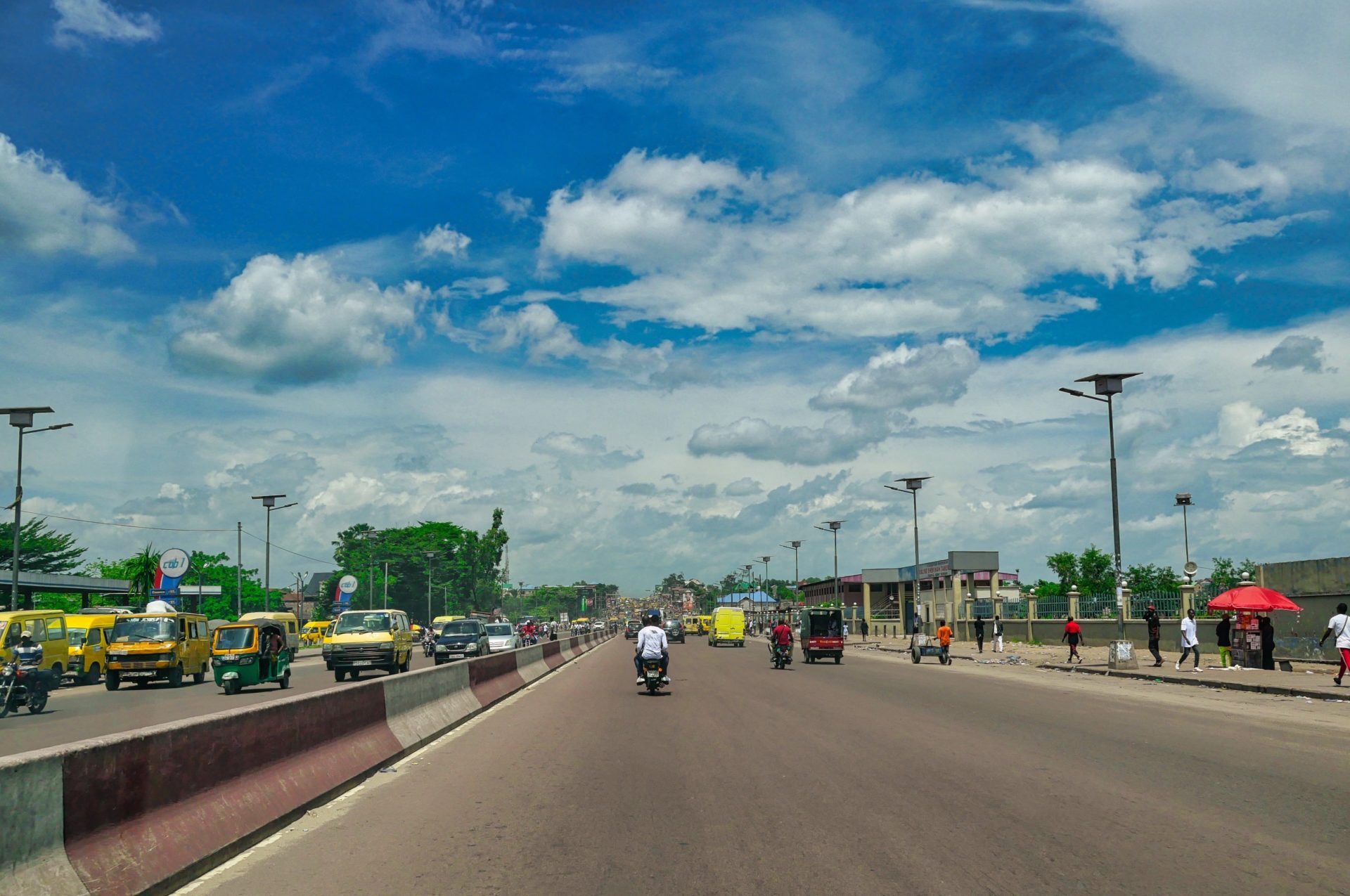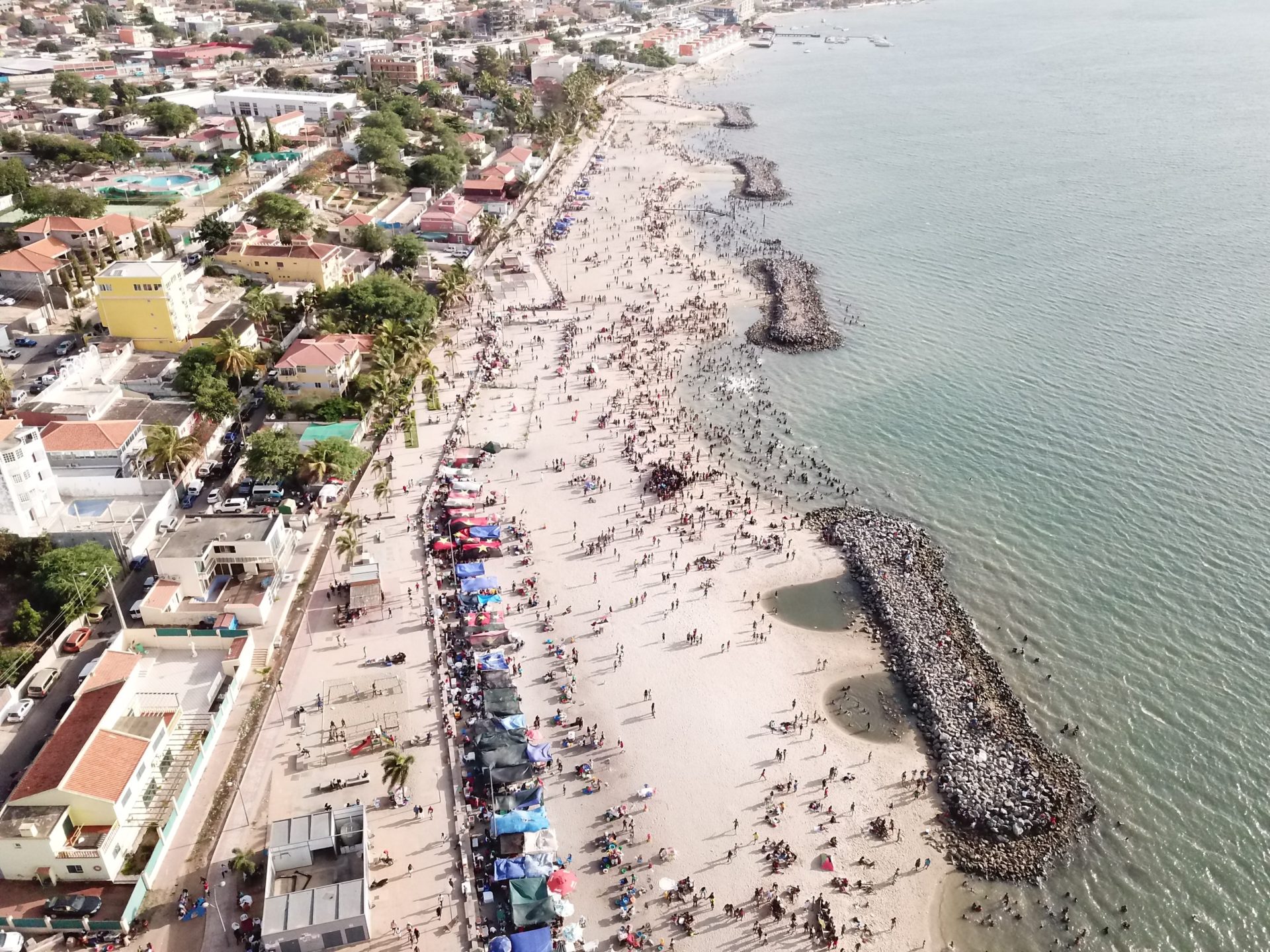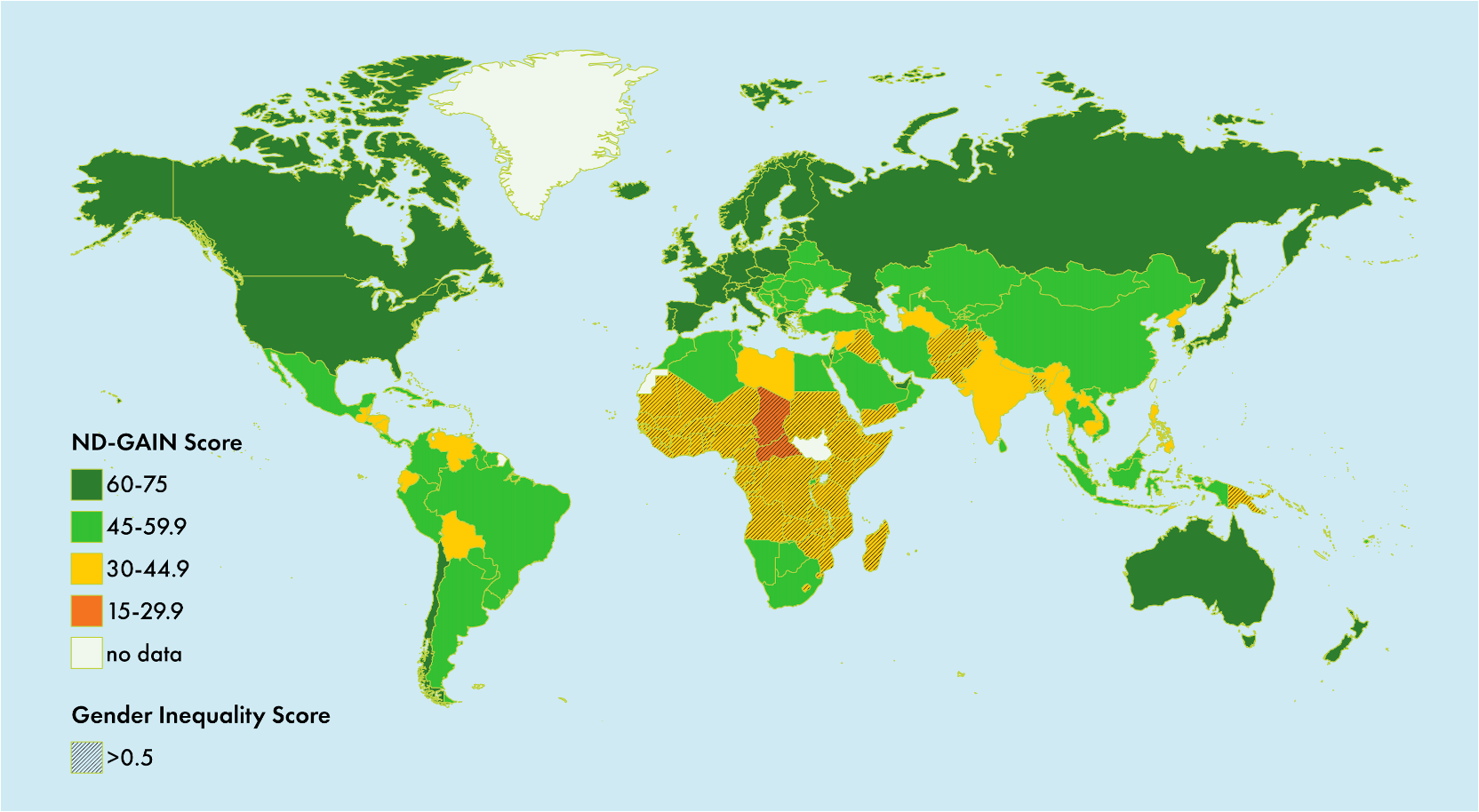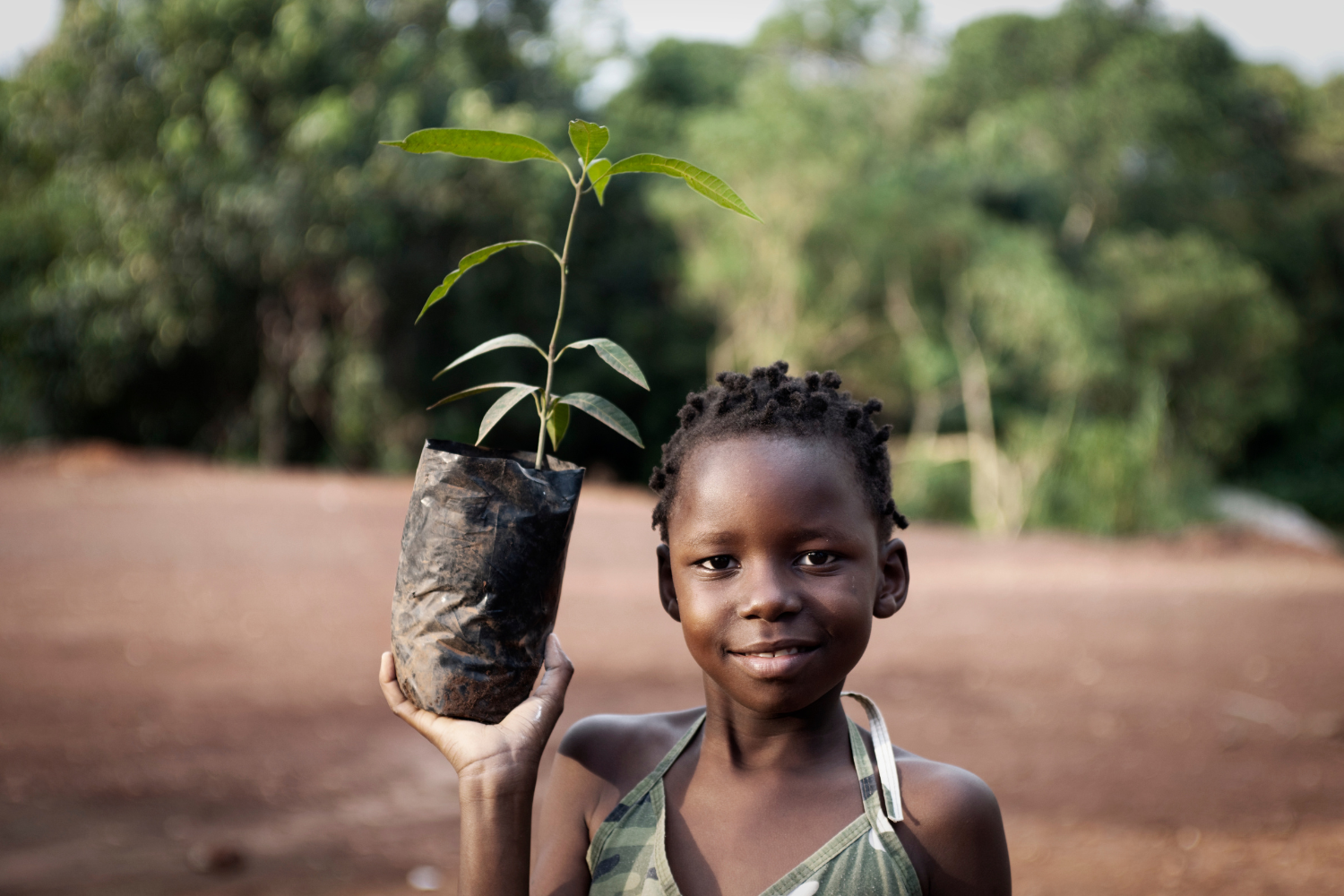The connection between climate change & population growth
Climate change is closely linked to population growth. In high-income countries especially, each additional person causes significant emissions throughout their lifetime. High consuming lifestyles in the most affluent countries result in much higher per capita emissions than in middle- and low-income countries, where most of the world’s population lives and is projected to grow.
In contrast, people living in low-income regions still contribute very little to overall emissions but are disproportionately impacted by weather extremes and natural disasters, water stress, and food production challenges associated with a warming climate.
In the center of the spectrum are middle-income countries, home to 75% of the world’s population. In these countries, industrialization and population growth are leading to increased consumption and emissions. Without changes to how economies tend to grow, and with continued population growth, emissions will continue to rise.
The UN’s medium variant projection (their most likely scenario) shows that the global population will likely grow to 8.5 billion in 2030, 9.7 billion in 2050, and peak around 10.4 billion in the 2080s, which will have significant consequences for our climate change mitigation and adaptation abilities.
The injustice of the climate crisis
One of the many unjust realities of the climate crisis is that those who have contributed the least to historical emissions are now the most threatened by its impacts. In addition, the most vulnerable communities have an urgent need to increase their living standards, but the processes of industrialization that have historically facilitated increases in quality of life, overall health, and economic growth in affluent nations are making it harder to achieve a sustainable future.

